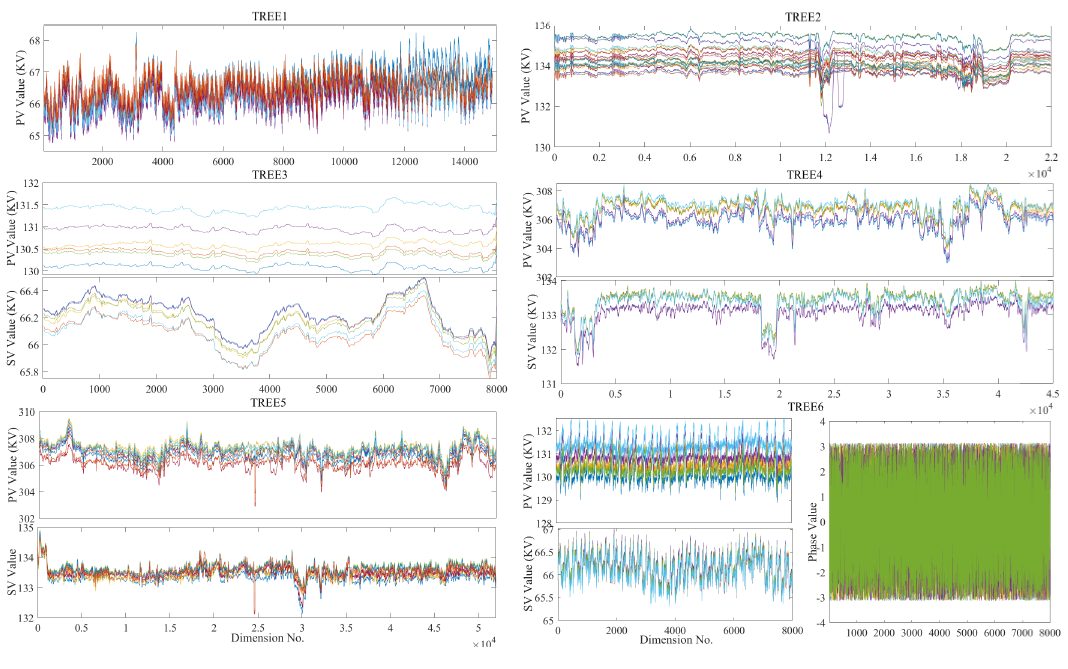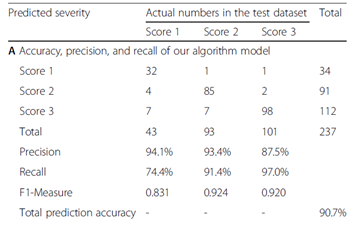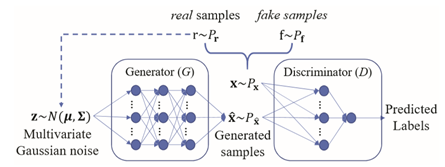Research conducted at Southern University of Science and Technology has extended our understanding of computational intelligence and its applications. The scholars have published significant research in top journals in diverse fields, representing the interdisciplinary nature of their findings.
In recent months, Assistant Professor Ran Cheng (Computer Science and Engineering) has led his research team, known as the Evolving Machine Intelligence (EMI) Group, to publish their research outcomes in high-impact academic journals. IEEE Transactions on Evolutionary Computation (IF = 11.169), IEEE Transactions on Cybernetics (IF = 11.079), and the Journal of Hematology & Oncology (IF = 11.059) are among the journals that have published their findings.
The first paper published in IEEE Transactions on Evolutionary Computation was titled, “Evolutionary Large-Scale Multiobjective Optimization for Ratio Error Estimation of Voltage Transformers.” This paper sought to examine new solutions in modern power delivery systems.
For modern power lines, substations have tended to use capacitive voltage transformers (CVT) to provide a voltage signal to the electricity meter. Any measurement errors directly affect the accuracy of the measurement of electrical energy.
110kV substations and above have been using CVT for many years, but error abnormalities increase after long-term use. CVTs cannot be recalibrated regularly due to the high economic cost, as they must be de-energized and assessed against standard CVTs manually. Recent studies on the subject had suggested online evaluation of CVT by pre-calibration. However, this technique would not solve the de-energizing problem.
The research team took a different approach and developed a time-varying ratio error estimation (TREE) problem, and built it into a large-scale multi-objective optimization problem. They applied multiple objectives and inequality constraints, informed by mathematical and physical rules from the electrical grid. Their TREE problem sets from different substations were then combined into a suite of benchmark tests.
Their solution turned an expensive estimation task into a cheaper optimization problem that promotes real-world benchmark tests that incorporate complex variables and correlations. It is the first time that computational intelligence optimization was used to solve the problem of evaluating the measurement error of physical equipment. Electricity providers can now realize the online evaluation of the CVT individual measurement error.
The devices and platforms developed by the project have been deployed to nearly 300 substations in provinces such as Shanxi, Shandong, Zhejiang, Hunan, and Hubei. At least 16 CVTs have been found to have abnormal errors, all of which have been validated by power de-energizing methods.
SUSTech Research Assistant Professor Cheng He was the first author of the paper. Assistant Professor Cheng Ran is the correspondent author, with SUSTech as the correspondent unit. Additional contributions came from Huazhong University of Science and Technology, and Anhui University.
 Fig. 1 The application of computational intelligence methods in ratio error estimation of CVTs
Fig. 1 The application of computational intelligence methods in ratio error estimation of CVTs
The paper published in the Journal of Hematology & Oncology was titled “Constructing an automatic diagnosis and severity-classification model for acromegaly using facial photographs by deep learning.” Acromegaly is a rare condition that affects about 60 people per million. It is thought to be caused by the continuous excessive secretion of growth hormone (GH) into the pituitary gland.
Due to the vague symptoms and slow progression, it is challenging to diagnose the disease in its early stages. As a result, severe complications such as cardiovascular disease are delayed, requiring more expensive treatment. Improved automatic and efficient screening methods must be found to diagnose the disease quickly and accurately.
The research team developed a deep learning method for the automatic diagnosis and severity classification of acromegaly by learning facial features. This method can help people to carry out self-screening conveniently, thereby achieving early diagnosis and treatment of acromegaly. It is the first automated method that can classify the severity of acromegaly with an accuracy of more than 89% for each classification. This deep learning method has laid the foundation for its further implementation and application.
SUSTech Assistant Professor Cheng Ran was a co-corresponding author, with Peking Union Medical College Hospital (Chinese Academy of Medical Sciences) Dr. Yanguo Kong and Dr. Xiangyi Kong. Additional contributions came from Tsinghua University, Shenzhen University, and the University of Cambridge.

Fig. 2 The accuracy of the proposed deep learning method in severity classification
The second paper published in IEEE Transactions on Evolutionary Computation was entitled, “Benchmarks for Continuous Dynamic Optimization: Survey and Generalized Test Suite.” The research team was assessing new optimization techniques for complex and dynamic situations.
Logistics scheduling and flighting planning are highly flexible, changing by the minute or faster. The design schemes can vary rapidly and are challenging for existing optimization methods to solve. Controllable test suites are needed to reflect the complexities of dynamic optimization problems that are faced in the real world.
The research team devised a suite of benchmark tests that generate continuous dynamic optimization problems. It reviewed the existing set of tests before proposing a highly configurable suite of benchmark tests. Each variable within the benchmark tests is highly dynamic, allowing for better solutions for the various problems.
Postdoctoral researcher Danial Yazdani is the first author, and Assistant Professor Cheng Ran is the corresponding author. Additional contributions came from the University of Birmingham, the University of Warwick and Liverpool John Moores University. SUSTech is the corresponding unit.

Fig. 3 Examples of controllable complex dynamic optimization problems with different variable interactions
The final paper was published in IEEE Transactions on Cybernetics and titled, “Evolutionary Multiobjective Optimization Driven by Generative Adversarial Networks (GANs).” The research team was looking to improve the methods that computational intelligence use to learn from the problems they are tasked at solving.
As computational intelligence is applied to a broader range of challenges, that intelligence needs to improve. Researchers have incorporated machine learning models to enhance computational intelligence, which is highly dependent on the training of the adopted model. However, these traditional machine learning methods require large amounts of training data and shown limited capability in real-world applications.
The research team published an evolutionary multi-objective algorithm that used Generative Adversarial Network (GAN) instead of the traditional cross mutation method. Their approach would teach potential distribution patterns from existing data. It would allow for problems to be learned solved efficiently from limited training data. It also opens up a new path for integrating computational intelligence and deep learning.

Fig. 4 The general framework of the adopted generative adversarial model for offspring generation in computational intelligence method
Research Assistant Professor Cheng He was the first author, and Assistant Professor Cheng Ran was the corresponding author. Additional contributions came from the City University of Hong Kong and the University of Surrey. SUSTech was the corresponding unit.
Proofread By
Photo By